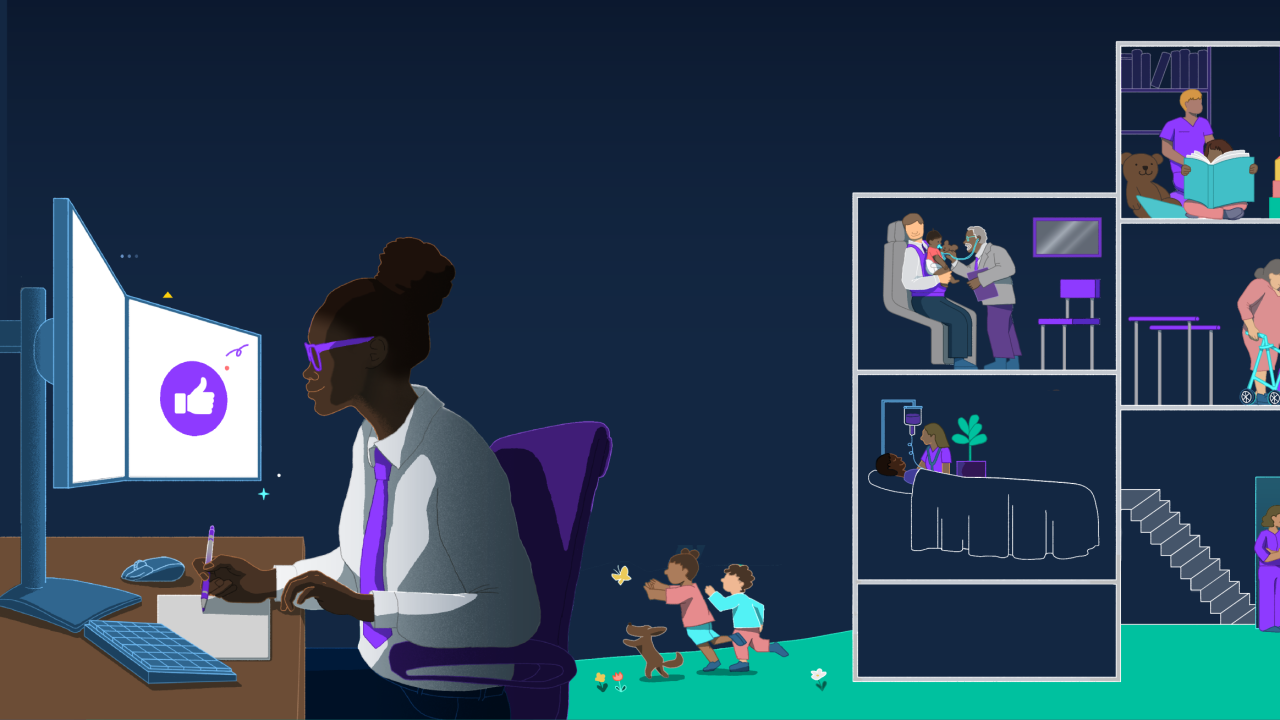The cost of care remains a
Uncertainty around
Premiums vs. out-of-pocket
Employees are facing increasingly difficult decisions when it comes to managing their healthcare costs. A key tension exists between keeping premiums low and preparing for unpredictable out-of-pocket expenses. As healthcare costs rise, many are reevaluating how much they're willing to deduct from their paychecks versus how much they're able to cover if unexpected medical needs arise.
Over the years, there has been a noticeable shift toward employees opting for lower paycheck deductions, even if it requires cutting back on other benefits. In 2018, 47% of workers preferred this approach, and by 2024, that number had grown to 53%, according to a
Read more:
Younger employees, particularly Gen Z, are driving this trend, with 58% choosing lower premiums compared to 55% of millennials and 52% of Gen X. For many, having more take-home pay is a higher priority than more comprehensive coverage.
Unfortunately, many workers remain unprepared for unplanned healthcare expenses. Even though average savings have improved overall, a significant portion of employees remain financially vulnerable — 26% report being less prepared than they were last year, and 28% have less than $500 set aside specifically for health emergencies.
In response to these challenges, employees are adjusting their behaviors to manage costs. Since 2023, 21% have reduced or stopped taking medications to save money, and 24% have skipped care altogether due to high out-of-pocket expenses. At the same time, the majority — 76% — are focusing on preventive health strategies, such as eating healthier, exercising more and practicing mindfulness, in hopes of avoiding costlier health issues down the line.
These findings highlight a growing need for employers to rethink how healthcare benefits are structured and communicated, especially as financial strain continues to shape employee choices.
Read more:
Unexpected healthcare costs
Unexpected healthcare costs can present significant challenges, particularly for employees enrolled in high deductible health plans (HDHPs). While these plans offer lower monthly premiums, the potential for high out-of-pocket expenses can lead many employees to delay necessary care.
Education plays a critical role in overcoming this barrier. Many employees are unaware that preventive services — such as annual checkups, screenings and routine tests — are typically covered at 100%. Clear communication about these benefits can encourage timely care and reduce the risk of more serious health issues down the line.
Helping employees understand how to navigate their care options is equally important. For example, choosing a freestanding imaging center over a hospital for the same diagnostic procedure can significantly reduce costs.
Employers can further support their workforce by promoting the use of tax-advantaged accounts like health savings accounts (HSAs) and flexible spending accounts (FSAs), which help manage medical expenses more effectively.
It's about making sure employees are aware of the tools available to them, and that carriers are actively supporting outreach — such as reminders for preventive screenings — to ensure individuals take full advantage of the care that's already covered.
Read more:
Keeping benefits top of mind: Turning education into a year-round conversation
Making benefits a year-round conversation is one of the most effective ways employers can help employees fully understand and utilize the resources available to them. Rather than limiting benefits education to open enrollment season, organizations can maintain steady engagement through a variety of touchpoints that keep health and wellness top of mind.
One powerful strategy is aligning internal communications with national health awareness months. Monthly newsletters that focus on topics like mental health, smoking cessation, preventive screenings, or general wellness can spark interest and promote action. These timely messages help employees connect their benefits to real-life needs and concerns.
Interactive formats like lunch and learns or wellness sessions can also boost understanding, especially when covering more complex topics such as how prescription benefits work across different tiers or how to manage out-of-pocket expenses with HSAs or FSAs. Bringing in experts — such as lifecycle consultants — adds an extra layer of clarity and personalization to the benefits conversation.
Ongoing communications from employees' health insurance carriers are equally important. Carriers often send out helpful reminders about preventive care appointments, unused dental benefits, and other services that may be fully covered. These updates are valuable prompts, but they're only effective if employees read and act on them. Employers can reinforce the importance of these messages by referencing them in internal meetings or sharing highlights in HR communications.
As employees face growing financial pressure from rising healthcare costs, education and communication are key. Employers have an opportunity — and a responsibility — to guide their workforce through complex healthcare decisions, empowering them to make smarter choices, use benefits more effectively and prioritize long-term well-being. By making benefits education an ongoing, personalized conversation, organizations can help ensure that employees not only understand their options, but feel confident using them.






